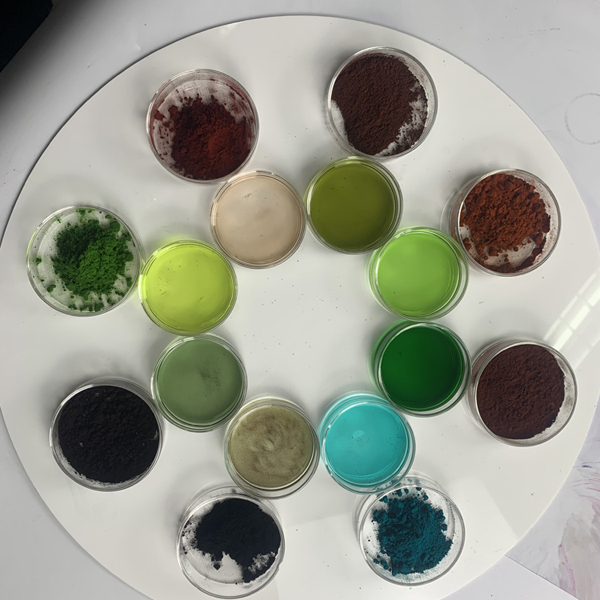 In milaffairs, the ordinary light source of the lighting devices in the engine room will not only provide illumination, but also emit light in the near infrared band. Although the light intensity is not high, it will cause certain interference to NVIS (night vision compatible system). At present, the direct and effective way to eliminate this kind of interference is to use near infrared filter. This not only makes the night vision compatible system work normally, but also makes it difficult for the enemy’s night vision system to find us within a certain distance.
In milaffairs, the ordinary light source of the lighting devices in the engine room will not only provide illumination, but also emit light in the near infrared band. Although the light intensity is not high, it will cause certain interference to NVIS (night vision compatible system). At present, the direct and effective way to eliminate this kind of interference is to use near infrared filter. This not only makes the night vision compatible system work normally, but also makes it difficult for the enemy’s night vision system to find us within a certain distance.
At present, low-light-level night vision glasses have developed to the fourth generation, and the effect band is similar to that of the third generation (625 ~ 930 nm), but the sensitivity is enhanced. The research on this kind of near-infrared filter is mainly based on the near-infrared plastic filter produced in the United States and the near-infrared glass filter produced in Germany, while the domestic development level is quite backward, and no near-infrared filter can meet the requirements of night vision compatibility.
The key to produce near-infrared filters that meet military standards is to use screened near-infrared absorption dyes, because not all near-infrared absorption dyes can meet the needs. In order to meet the requirements of night vision compatibility, the near infrared absorber can be used alone, in combination or mixed with common plastics dyes, so as to make its spectral amplitude and brightness NR value conform to -1.0E+00≤ NR ≤ 1.7E-10, and its chromaticity meet the requirements of night vision color (night vision green A, night vision green B, night vision red and night vision white), and the transmittance of visible light is not less than 20%.
Near infrared absorbers mainly include cyanine dyes, phthalocyanines, quinones, azo dyes and metal complexes. It is best that the infrared absorber has a low absorption rate in the visible light region, high absorption efficiency in the near infrared region and as wide absorption as possible. The preparation of optical filter adopts dye+polymer technology, which can be coated on the surface or added during polymerization.
Post time: Aug-01-2024






